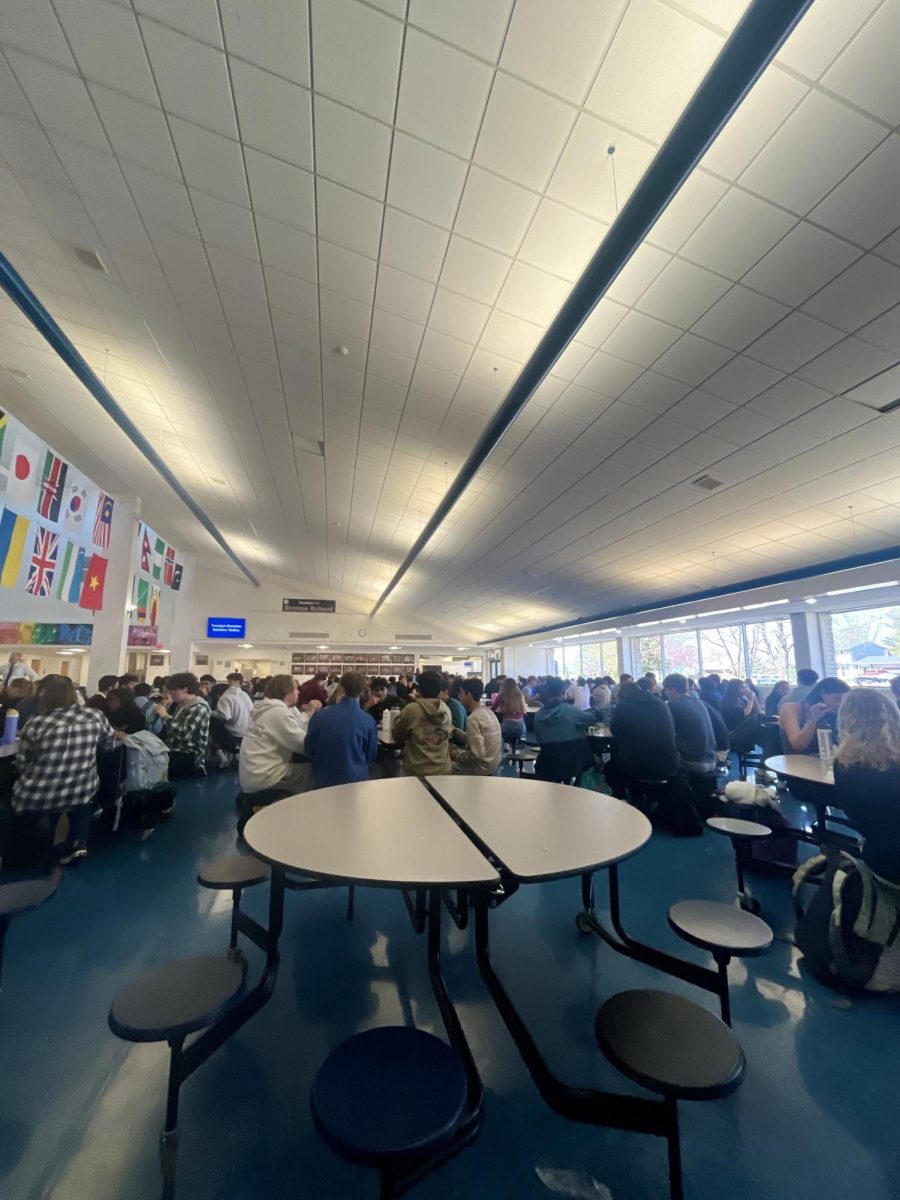School is a pivotal point in shaping students’ lives and minds, so school lunch programs play a significant role in supporting the nutrition of the minds. Still, students are often found hungry waiting in the lunch line or rushing through their meals to get to the next class.
Although there are no federal or state requirements for school lunch duration in Iowa, the American Academy of Pediatrics recommends at least 20 minutes of sit-down lunch time. According to a survey conducted by the School Nutrition Association, the average lunch period length for middle school and high schools is 30 minutes.
This data leads to the question: are lunch programs supporting students’ needs effectively enough?
PVHS students get a 20 minute lunch break, which is the minimum seat time recommended and less than the median lunch period. Most of the 20 minutes are spent in non-seat-time activities, such as searching for a table, waiting in line, using the restroom and handwashing. These activities cut into the overall lunch duration, in which they are then expected to socialize and eat a filling,nutritious meal.
This leaves students feeling rushed, often having to make the choice of finishing a meal or socializing with friends. “By the time I get my lunch I either have to rush through my meal or skip eating altogether just to talk with my friends,” said senior Kristine Pretorious. “It feels like lunch is more like a race against the clock where everyone is focused on eating rather than actually taking a break.”
While lunch is supposed to serve as a break in the school day, it often feels just as rushed as the rest of the schedule. “It might not seem like a big deal, but I think it adds to the larger issue that most students always feel rushed throughout the day to get to the next class/period, with little time for a break,” said senior Katelyn Chen.
Having a fulfilling lunch is much more than just a full belly. Encouraging longer lunch times prepares students to live healthier lifestyles. Students sitting at lunch longer tend to make healthier choices, as chances of them reaching for other things on their plate such as fruits and vegetables are increased, which also decreases plate waste.
A study conducted by the National Library of Health showed that the prevalence of schools allowing at least 30 minutes of school lunch was 43% in states with laws regarding lunch duration compared to 27.1% in states without a law. Iowa does not have specific laws mandating duration of school lunch periods, just requiring schools in session for more than four hours to provide lunch programs for all students.
Although building schedules around a time constraint can be challenging, cutting students’ lunch time is not a sufficient nor sustainable remedy. Some studies suggest that to ensure students have adequate time to eat, a 30-minute lunch period allows students to have the recommended 20 minutes of seat time, to efficiently accommodate non-eating activities.
A well-balanced school day includes time for learning and proper nourishment. Extending lunch or optimizing schedules to allow more seated eating time isn’t a luxury, but a necessity to ensure students’ well-being and success.









